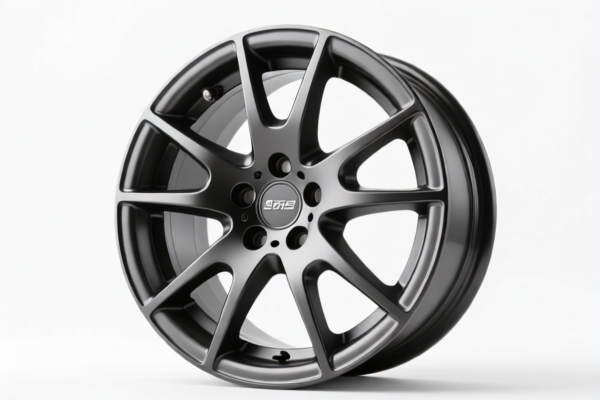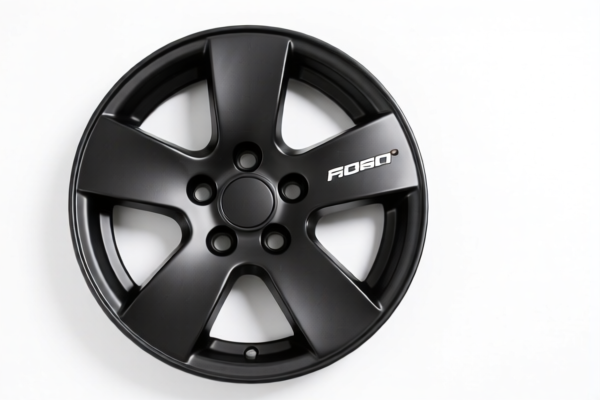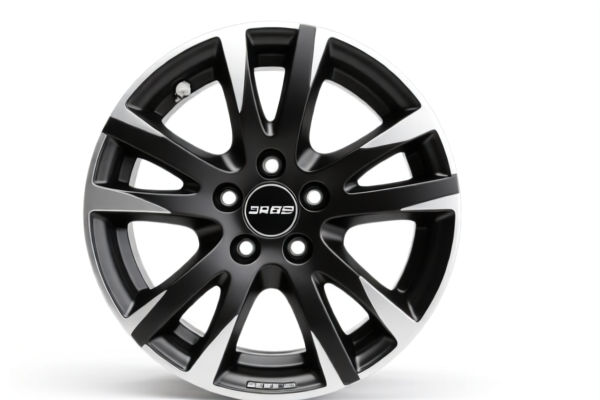| HS Code | Official Doc | Tariff Rate | Origin | Destination | Effective Date |
|---|---|---|---|---|---|
| 8206000000 | Doc | The rate of duty applicable to that article in the set subject t+30.0% | CN | US | 2025-05-12 |
| 7326908688 | Doc | 82.9% | CN | US | 2025-05-12 |
| 7326908688 | Doc | 82.9% | CN | US | 2025-05-12 |
| 8302496045 | Doc | 85.7% | CN | US | 2025-05-12 |
| 8302496085 | Doc | 85.7% | CN | US | 2025-05-12 |
| 8304000000 | Doc | 33.9% | CN | US | 2025-05-12 |
| 9208100000 | Doc | 33.2% | CN | US | 2025-05-12 |
| 9208900040 | Doc | 42.8% | CN | US | 2025-05-12 |




Wheel Covers
Wheel covers, also known as hubcaps, are decorative or protective covers for the wheels of a vehicle. They serve both aesthetic and functional purposes, though their prominence has shifted over time with the rise of alloy wheels.
Material
- Plastic: The most common material for wheel covers, typically polypropylene or ABS plastic. Offers affordability, ease of manufacturing, and a range of colors and finishes.
- Metal: Historically, wheel covers were frequently made of stainless steel or chrome-plated metal. Metal covers are more durable and provide a more polished appearance but are heavier and more expensive. Often found on classic or higher-end vehicles.
- Composite Materials: Less common, but some covers utilize composite materials for increased strength and reduced weight.
Purpose
- Aesthetic Enhancement: Wheel covers can significantly alter the appearance of a vehicle, offering a cost-effective way to customize its style.
- Protection: They shield the wheel center from road debris, corrosion, and the elements, potentially extending the life of the wheel. However, their protective capability is limited compared to full wheel replacement.
- Aerodynamics (Limited): Some wheel covers are designed with aerodynamic features, though the impact on overall vehicle efficiency is generally minor.
Function
Wheel covers typically attach to the wheel using several methods:
- Snap-on: The most common method, utilizing retaining clips that secure the cover to the wheel rim.
- Lug Nut Retention: These covers require specific lug nuts to secure them in place, often found on older vehicles.
- Direct Fit: Some covers are designed to fit directly onto the wheel, often used with alloy wheel replacements.
Usage Scenarios
- Standard Vehicles: Used extensively on vehicles where alloy wheels are not standard equipment or are damaged.
- Classic Car Restoration: Essential for maintaining the original appearance of vintage vehicles.
- Customization: Used to modify the look of a vehicle, offering a wide range of styles and finishes.
- Temporary Replacement: Used to replace damaged or missing alloy wheels.
Common Types
- Full Wheel Covers: These covers conceal the entire wheel center, often with a decorative design.
- Center Caps: Smaller covers that fit over the wheel center, often displaying the vehicle manufacturer's logo.
- Simulated Alloy Wheel Covers: Designed to mimic the appearance of alloy wheels, offering a more stylish look at a lower cost.
- Chrome Wheel Covers: Metal covers with a chrome finish, providing a classic and polished appearance.
- Universal Wheel Covers: Designed to fit a wide range of wheel sizes and bolt patterns.
Based on the provided information, determining the precise HS code for "wheels covers" requires careful consideration of material and application. The following HS codes may be relevant:
-
8302496045: Base metal mountings, fittings and similar articles suitable for furniture, doors, staircases, windows, blinds, coachwork, saddlery, trunks, chests, caskets or the like; base metal hat racks, hat-pegs, brackets and similar fixtures; castors with mountings of base metal; automatic door closers of base metal; and base metal parts thereof: Other mountings, fittings and similar articles, and parts thereof: Other: Other: Of iron or steel, of aluminum or of zinc Other: For railway vehicles. This code covers mountings and fittings of iron or steel, aluminum, or zinc, specifically for railway vehicles. If the wheel covers are intended for use on railway vehicles, this code may be applicable.
- Chapter 83: Metal mountings, fittings and similar articles.
- Heading 8302: Base metal mountings, fittings and similar articles suitable for furniture, doors, staircases, windows, etc.
- Subheading 830249: Other mountings, fittings and similar articles, and parts thereof.
- Subheading 83024960: Of iron or steel, of aluminum or of zinc.
- Subheading 8302496045: For railway vehicles.
-
8302496085: Base metal mountings, fittings and similar articles suitable for furniture, doors, staircases, windows, blinds, coachwork, saddlery, trunks, chests, caskets or the like; base metal hat racks, hat-pegs, brackets and similar fixtures; castors with mountings of base metal; automatic door closers of base metal; and base metal parts thereof: Other mountings, fittings and similar articles, and parts thereof: Other: Other: Of iron or steel, of aluminum or of zinc Other: Other. This code covers mountings and fittings of iron or steel, aluminum, or zinc, for applications other than railway vehicles. If the wheel covers are not intended for railway vehicles, this code may be applicable.
- Chapter 83: Metal mountings, fittings and similar articles.
- Heading 8302: Base metal mountings, fittings and similar articles suitable for furniture, doors, staircases, windows, etc.
- Subheading 830249: Other mountings, fittings and similar articles, and parts thereof.
- Subheading 83024960: Of iron or steel, of aluminum or of zinc.
- Subheading 8302496085: Other.
Regarding HS codes 8302496045 and 8302496085, please note the need to verify the intended application (railway vehicles vs. other) as this determines the correct code. The material composition (iron or steel, aluminum, or zinc) is also important for accurate classification.
Customer Reviews
No reviews yet.